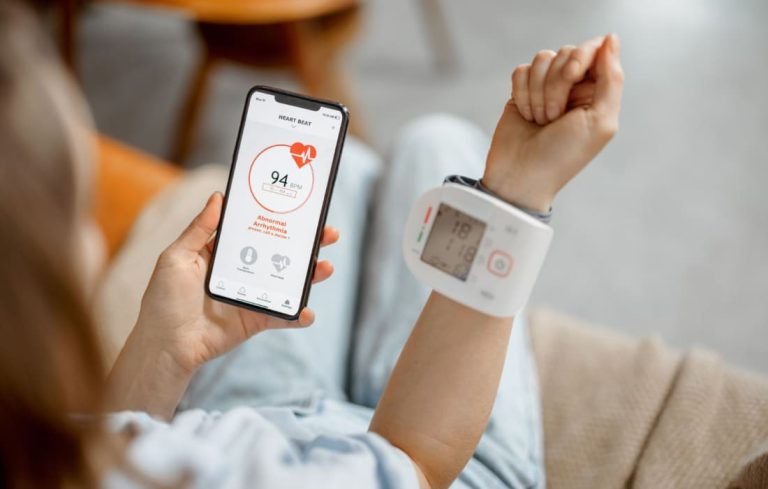Parkinson’s disease is a progressive neurodegenerative disorder characterized primarily by motor symptoms such as tremor, rigidity, slowed movement, and impaired balance. At its core, the condition results from the loss of dopamine-producing neurons within the basal ganglia—a brain region critical for coordinating movement. Recent research and clinical observations have underscored the substantial benefits of physical activity for those affected by Parkinson’s disease, helping to not only alleviate symptoms but also to potentially slow disease progression.
The Neurobiological Rationale: Dopamine, Neuroplasticity, and Exercise
Dopamine serves as a crucial neurotransmitter that enables the smooth execution of voluntary movements. In Parkinson’s disease, the degeneration of dopaminergic neurons disrupts these signaling pathways, which manifests in the hallmark motor impairments. Exercise offers a promising countermeasure; regular physical activity is known to stimulate neuroplasticity—the brain’s ability to form new neural connections and potentially compensate for the loss of dopamine-producing cells. Moreover, exercise can improve the responsiveness of the remaining neural circuitry, enhancing the transmission of motor signals even in the face of neurodegeneration.
Clinical Evidence Supporting Movement Interventions
Multiple studies have examined the link between physical activity and motor as well as cognitive outcomes in Parkinson’s patients. For instance, research highlighted by Yale Medicine indicates that high-intensity exercise regimes (such as cycling or treadmill workouts) are associated with slower clinical progression of the disease. In practical terms, patients who adopt regular exercise routines frequently exhibit improved balance, reduced rigidity, and enhanced performance in everyday activities compared to their less active counterparts . Similarly, findings summarized by organizations like Parkinson’s NSW emphasize that cardiovascular and strength exercises are not only critical for maintaining overall fitness but also for countering the progression of Parkinson’s symptoms.
Mechanisms: How Movement Mitigates Parkinsonian Symptoms
- Enhanced Motor Function: Regular cardiovascular activity improves blood flow, which is essential for maintaining muscle strength and coordination. Furthermore, strength and balance exercises target postural stability, reducing the risk of falls—a common concern among Parkinson’s patients.
- Improved Flexibility and Reduced Rigidity: Flexibility training and stretching routines help reduce muscle stiffness, allowing patients to maintain a more natural range of motion. This, in turn, increases confidence in daily movements and reduces discomfort during routine activities.
- Cognitive and Mood Benefits: Beyond motor improvements, engaging in physical exercise promotes the release of neurotrophic factors and endorphins that boost cognitive function and mood. Regular movement has been associated with better mental clarity, reduced anxiety, and an overall improvement in quality of life .
Tailoring Exercise Approaches for Parkinson’s Patients
Given the diverse presentations of Parkinson’s disease, exercise programs should be individualized. Recommended approaches include:
- Aerobic Exercise: Activities such as brisk walking, cycling, or swimming improve cardiovascular fitness and have been shown to enhance motor control.
- Strength Training: Resistance exercises maintain muscle mass and improve overall stability, which is critical for managing Parkinsonian symptoms.
- Flexibility and Balance Routines: Practices like Tai Chi and yoga help alleviate stiffness and improve coordination, reducing the incidence of falls.
- High-Intensity Interval Training: For those who are able, structured high-intensity workouts may offer additional benefits in slowing disease progression by stimulating brain plasticity.
Patients are advised to consult with healthcare professionals before initiating any new exercise regimen. Collaboration with physiotherapists or specialists experienced in movement disorders can help design a safe and effective program that addresses individual needs while minimizing the risk of injury.
Conclusion
Movement emerges not simply as a recreational activity but as a vital therapeutic intervention for individuals with Parkinson’s disease. Regular physical activity—encompassing cardiovascular, strength, and balance training—can enhance motor function, improve cognitive efficiency, and elevate overall quality of life. As research continues to unveil the underlying mechanisms linking movement with neuroprotection and symptomatic relief, exercise remains a cornerstone in the comprehensive management of Parkinson’s. For patients and caregivers alike, embracing an active lifestyle can be a powerful step toward reclaiming autonomy and vitality in the face of this challenging condition.










